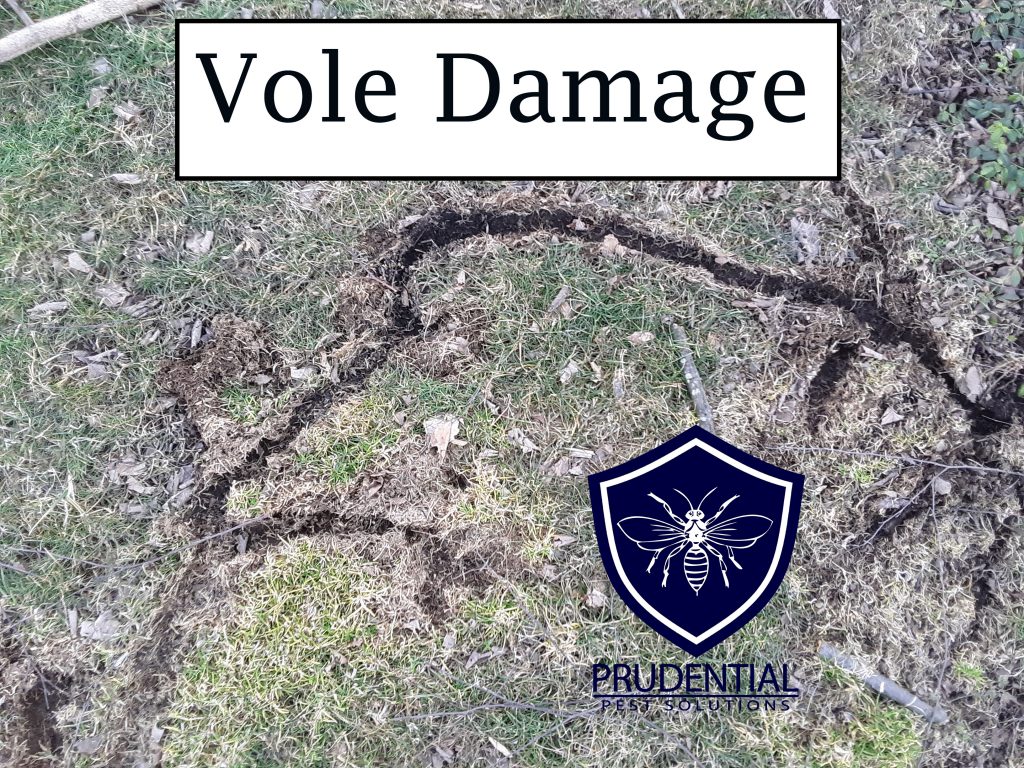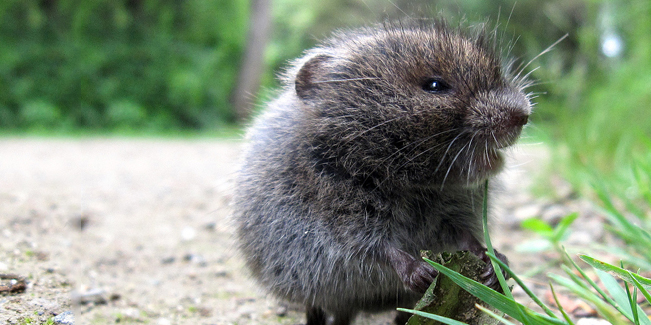Comprehensive Vole Pest Control Services in Utah
Comprehensive Vole Pest Control Services in Utah
Blog Article
Comprehensive Guide to Effective Vole Parasite Control: Infestation Recognition and Therapy Methods
In the world of efficient pest control, vole infestations present an one-of-a-kind difficulty that requires a tactical technique. By checking out the subtleties of vole habits, understanding key indications of invasion, and reviewing an array of control options, one can develop a comprehensive method to combat these evasive pests.
Recognizing Vole Habits
Vole habits is defined by their burrowing habits and rapid recreation rates, making them a difficult bug to control properly. Their fast reproductive rate additional complicates control initiatives, with women capable of generating multiple litters in a single year, each including a number of children.
Voles are most energetic during the very early morning and evening hours, investing most of their time foraging for food. Their tunneling habits not only interrupt gardens and lawns however also make them testing to detect and remove. Understanding vole habits is essential for effective insect control methods. By identifying their burrow areas, checking feeding areas, and carrying out targeted control methods, such as capturing or environment modification, vole infestations can be managed effectively.
Indications of Vole Infestation

Prevention Techniques
Executing effective avoidance approaches is essential in reducing vole invasions and protecting greenery from their harmful feeding routines (vole yard damage). To avoid vole invasions, it is vital to begin by getting rid of possible food sources and sanctuary. Keep grass and plant life trimmed short, eliminate weeds and debris, and preserve a tidy yard or yard to make the location less appealing to voles. Mounting barriers such as hardware towel or below ground fence can likewise help hinder voles from going into particular areas. In addition, decreasing excess dampness by repairing dripping pipelines and guaranteeing appropriate water drainage can make the environment much less hospitable for voles.
Frequently evaluating the residential property for indications of vole activity, such as runways and burrow openings, is critical for very early discovery and timely action. If vole task is thought, Your Domain Name take into consideration utilizing repellents or catches strategically positioned near their paths.
Non-Lethal Control Techniques
To properly take care of vole populaces while focusing on humane techniques, non-lethal control techniques offer practical remedies for lowering vole damages in yards and landscapes. These barriers can be hidden at least 12 inches deep and curved at a 90-degree angle to prevent voles from burrowing below.

Lethal Control Options
One reliable technique for attending to vole infestations in landscapes and yards includes the tactical use of dangerous control alternatives. When faced with an extreme vole invasion that non-lethal techniques have actually fallen short to have, executing deadly control steps comes to be critical. Generally, when employing lethal control alternatives, it is vital to do so sensibly and in accordance with neighborhood regulations to properly manage vole invasions.
Verdict
To conclude, reliable vole insect control needs a comprehensive understanding of vole habits, recognition of indications of infestation, application of prevention approaches, and utilization of both non-lethal and lethal control approaches. By integrating these strategies, people can efficiently manage vole populaces and protect their residential or commercial property from damage. It is important to attend to vole problems quickly to avoid more issues and lessen the influence on the surrounding setting.
Offered the intricate passage systems and quick reproduction prices particular of voles, recognizing the indications of vole invasion becomes vital in effective pest control. One of the primary indications of vole existence is the visibility of surface runways or trails in lawn or snow, typically concerning 1-2 inches vast, created as voles travel between their burrows and food sources.To efficiently handle vole populaces while focusing on gentle approaches, non-lethal control approaches offer useful options for minimizing vole damages in landscapes and yards.One reliable approach for addressing vole infestations in gardens and landscapes entails the strategic usage of dangerous control alternatives. vole control utah.In conclusion, effective vole pest control requires a comprehensive understanding of vole actions, identification of indications of invasion, implementation of avoidance why not try this out approaches, and use of both dangerous and non-lethal control methods
Report this page